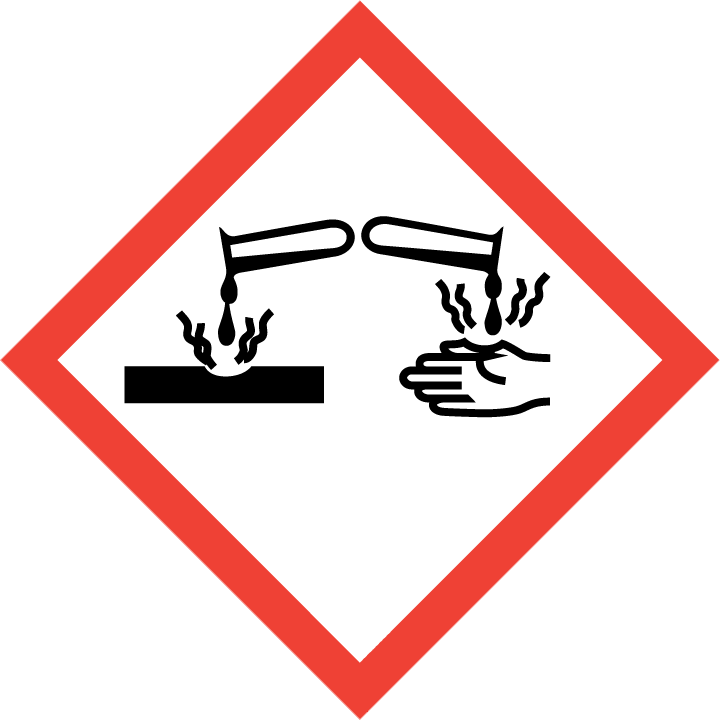| Chemical Name: | 6-chloro-5-(trifluoromethyl)pyridine-3-sulfonyl chloride |
| CAS Number: | 928324-59-8 |
| Product Number: | AG00H5CC(AGN-PC-0J0Y1T) |
| Synonyms: | |
| MDL No: | |
| Molecular Formula: | C6H2Cl2F3NO2S |
| Molecular Weight: | 280.0518 |

6-Chloro-5-(trifluoromethyl)pyridine-3-sulfonyl chloride is an essential reagent in chemical synthesis, particularly in the field of organic chemistry. This compound serves as a highly versatile building block for the construction of various complex molecules and intermediates. Its unique structure containing a sulfonyl chloride functional group coupled with a chloro and trifluoromethyl substituent on a pyridine ring offers a wide range of reactivity and selectivity in synthetic transformations.In chemical synthesis, 6-Chloro-5-(trifluoromethyl)pyridine-3-sulfonyl chloride is commonly employed as a valuable electrophilic reagent for introducing the sulfonyl chloride moiety into organic molecules. This reactive intermediate can participate in various nucleophilic substitution reactions, such as SNAr (nucleophilic aromatic substitution) reactions, enabling the selective functionalization of aromatic systems. Additionally, the trifluoromethyl group enhances the reactivity and stability of the molecule, making it an ideal reagent for challenging synthetic transformations.Furthermore, the presence of the chloro group allows for further derivatization of the molecule through cross-coupling reactions or other functional group manipulations. This versatility makes 6-Chloro-5-(trifluoromethyl)pyridine-3-sulfonyl chloride a valuable tool in the synthesis of pharmaceuticals, agrochemicals, and other fine chemicals where precise control over molecular design and functionality is crucial.